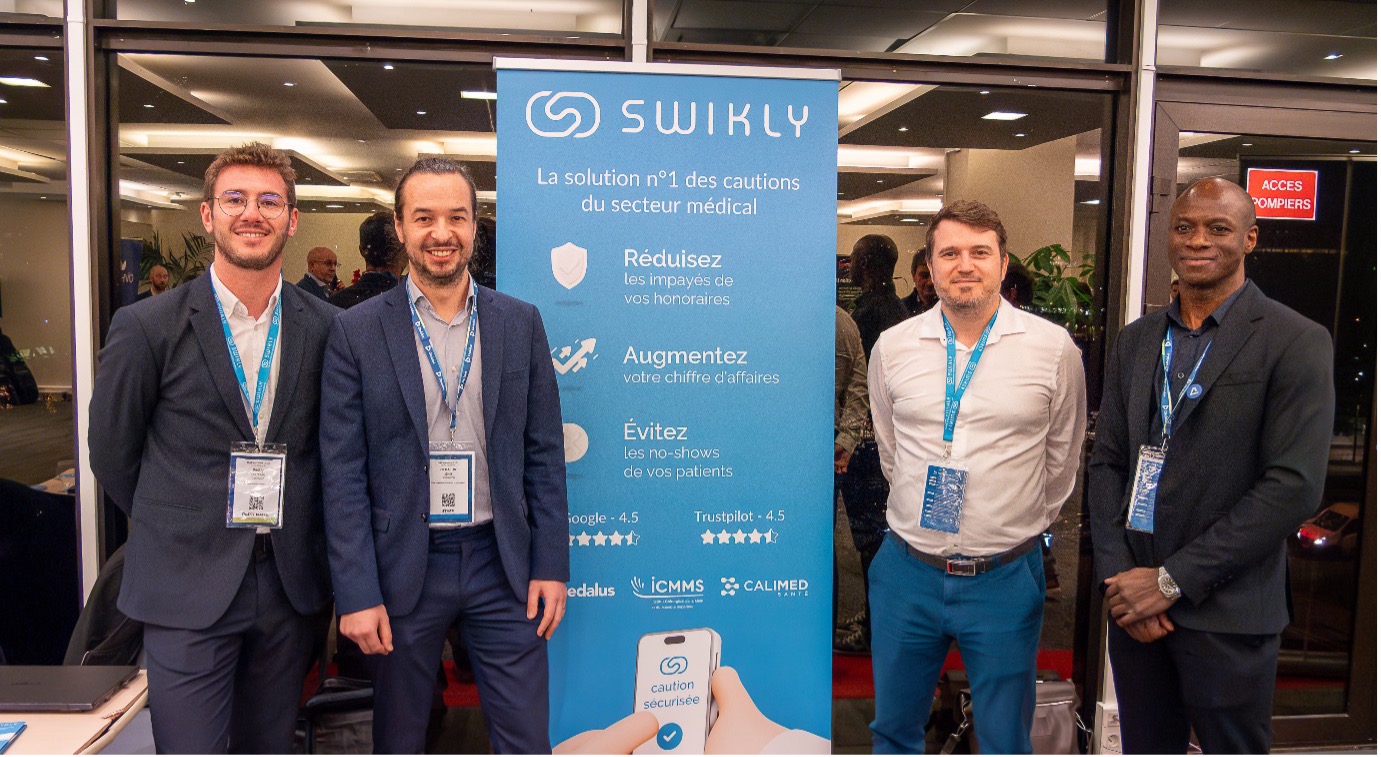
Unpaid bills, out-of-pocket expenses: why is the bank imprint becoming essential?
The issue of payment collection remains a sensitive one in clinics and private practices. Between delays in reimbursement, out-of-pocket expenses that are sometimes misunderstood by patients, and the increase in unpaid bills, healthcare professionals are looking for ways to improve the situation. simple, effective and secure to anticipate risks while preserving the relationship with their patients.
It is in this context that the bank imprint appears as an innovative solution and increasingly used.
How does the bank imprint work for patients?
The bank imprint consists of recording a patient's bank details without debiting them immediately. After a consultation or an operation, it automatically deducts the exact amount left to pay, once the reimbursements from the Assurance Maladie and the mutuelle have been made.
This practice, which is already common in other sectors (such as the hotel and rental industries), is now being adapted to the challenges of the healthcare sector, particularly in the context of excess fees or procedures that are not covered.
The advantages of the bank fingerprint for healthcare professionals
1. Reducing non-payment rates
Thanks to the bank imprint, the risk of non-payment is reduced. sharply reduced. The patient is informed in advance, the payment is prepared and the final amount is collected automatically, without the need for a reminder.
2. Save administrative time
No more lost cheques, forgotten transfers or paper invoices to manage. It's all centralised and secureThis allows administrative teams to concentrate on higher value-added tasks.
3. Improved patient experience
The bank imprint makes the relationship with the patient much more fluid. They don't have to pay large sums in advance, or go through a lot of red tape after the event. Everything is anticipated, and transparency is reinforced.
Concrete use cases
- A sector 2 surgeon can make a bank imprint before the operation to secure the excess fees. This is the case for several practitioners in the Clinique du Parc in Lyonwho use this method to secure the amounts to be collected.
- The ICMMS (Institute of Specialised Maxillo-maxillary Surgery) in Lyon has integrated the bank imprint into its patient pathway to automate the collection of out-of-pocket expenses, particularly for procedures not covered by Social Security. A video testifying to their experience is also available.
- A multidisciplinary medical centre can also use it to avoid post-consultation reminders and to streamline the management of deferred payments.
Banking footprint and regulation: what you need to know
Digital solutions make it possible to automate cash collection and make it more reliable:
- Pre-consultation online payment via link or patient portal
- Taking a bank imprint when making an appointment
- Automatic reconciliation between the estimated amount and the actual out-of-pocket expenses
This dematerialisation reduces the workload on the secretariat, cuts down on reminders and speeds up the collection of fees.
A tailored solution for healthcare professionals
More and more players in the medical sector are incorporating this logic into their patient pathways. The aim is to improve efficiency, secure cash flow and deliver a better patient experience.
Certain solutions now make it possible to set up this bank fingerprint system in a simple and compliant way, without the need for a physical terminal or complex installation.
Conclusion:
The bank imprint is a modern response to a well-known problem for healthcare professionals: how to guarantee payment without complicating patients' lives?
Flexible, transparent and secure, it is part of an overall approach to optimising the financial management of clinics and practices. If you'd like to find out more about the tools available to integrate this practice into your organisation, a solution like Swikly can help you.



